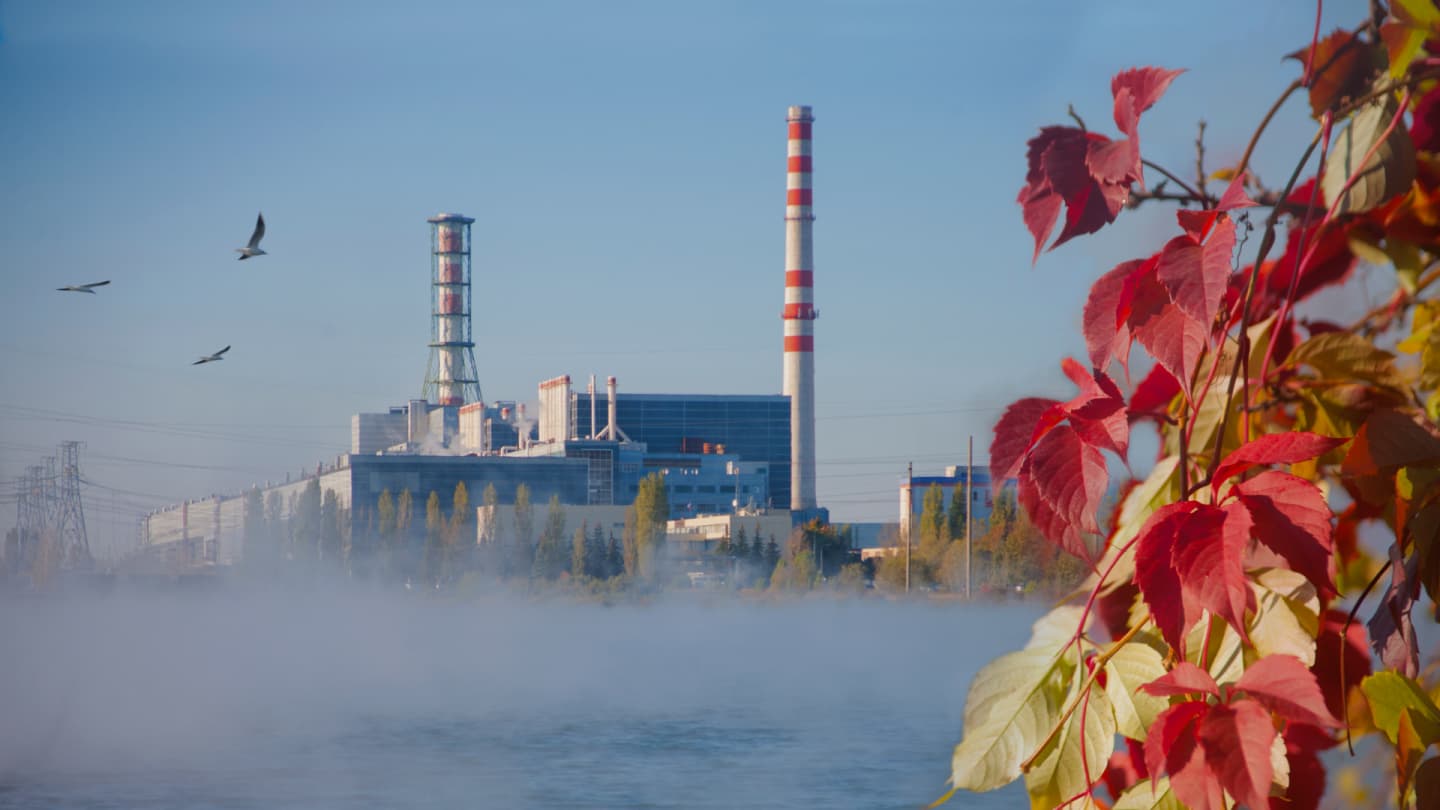Self-protection principle and fundamentals of control
VVER and RBMK reactors have a configuration of the reactor core ensuring “self-protection” or “self-regulation” of the reactor. When the reactor power increases and, consequently, the temperature of the reactor core rises, the nuclear reaction dies out due to natural feedback.
In order to stop the chain reaction quickly and efficiently, neutrons involved in this process must be absorbed. An absorber (boron carbide) is used to accomplish this. Rods containing this material are inserted into the reactor core to reduce the neutron flux level or to shut down the reactor completely.
Electromagnets are used as the drives for the rods to ensure their immersion into the reactor core. This principle guarantees the rods dropping even if the power unit is de-energized: the powered down electromagnets will stop holding the absorber rods and these will drop down by gravity.
Another way to stop the chain fission reaction is to increase the concentration of boric acid in the coolant: where necessary, the boric acid solution is used by numerous emergency systems.
VVER-TOI safety
The VVER-TOI design is characterized by an unprecedentedly low risk of release of ionizing radiation and radioactive substances into the environment.
A combination of active and passive safety systems incorporated in the VVER-TOI design prevents any damage to the reactor core for a period that is three times longer (at least 72 hours) than that of existing NPPs with previous-generation (3+) VVER reactors. The active safety systems are actuated from energy sources and give the personnel time to take measures, i.e. to engage additional equipment, to connect to alternative power supply routes, etc.
Passive safety systems operate based on natural processes and do not require any intervention by the personnel or an energy source.

